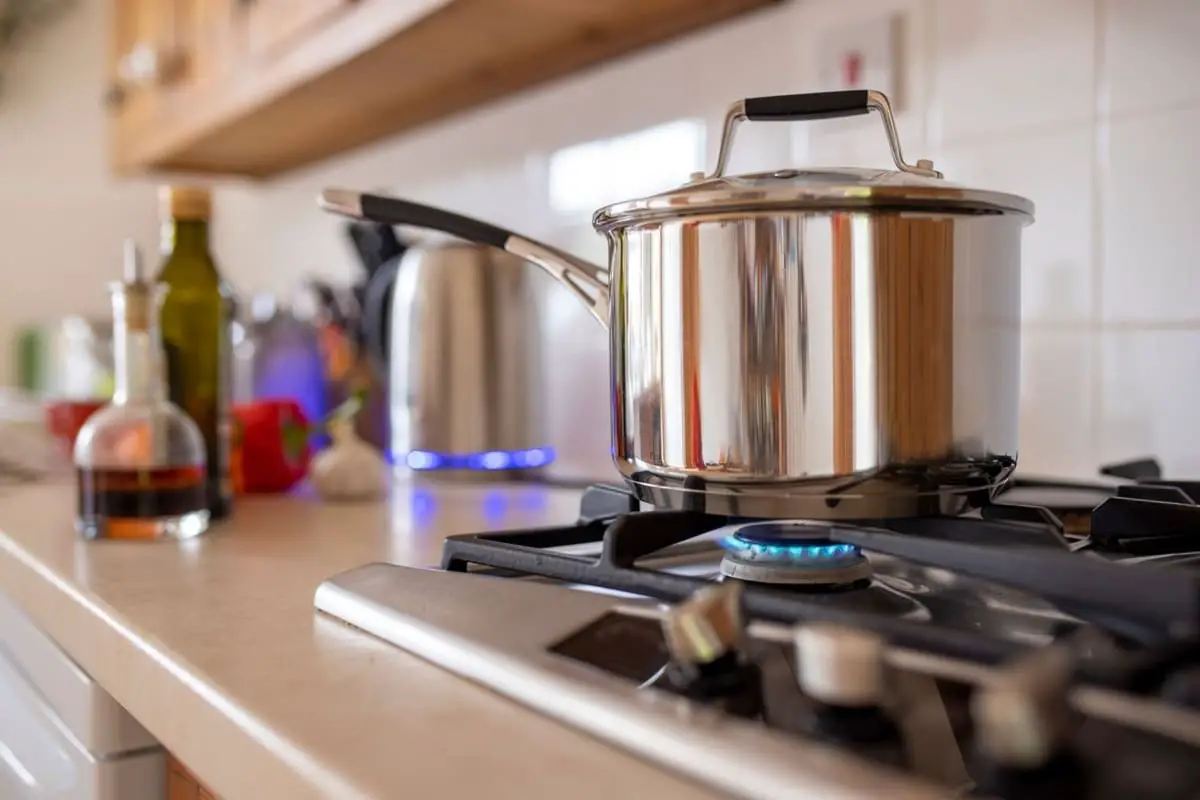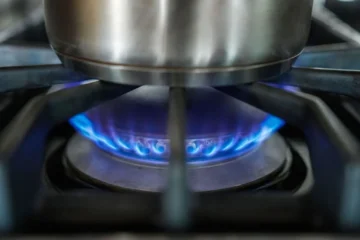Reheating rice is a common practice for many households. However, not everyone knows the best way to reheat rice on the stove. Reheating rice on the stove is a simple and easy process that can be done in a few minutes.
There are different methods to reheat rice on the stove, and each has its own benefits. One of the most common ways is to add a splash of water or broth to the rice before reheating it. This helps to keep the rice moist and prevent it from drying out. Another approach is to use a non-stick pan or a pot with a lid to ensure that the rice is evenly heated. Regardless of the method used, reheating rice on the stove is a great way to enjoy leftover rice without compromising on its quality.
In this article, we will explore the different ways to reheat rice on the stove. We will provide step-by-step instructions on how to reheat rice using different techniques, including adding water or broth, using a non-stick pan, and using a pot with a lid. Additionally, we will discuss some tips and tricks to ensure that your reheated rice is just as delicious as the first time around.
Why Reheating Rice on Stove is Better than Microwave?
When it comes to reheating rice, there are several methods to choose from, including the microwave, oven, and stove. However, reheating rice on the stove is considered the best method by many people. Here are a few reasons why:
Even Heating
One of the biggest advantages of reheating rice on the stove is that it provides even heating. Unlike the microwave, which can leave some parts of the rice cold while others are scorching hot, the stove allows for uniform heating. This is especially important when reheating large quantities of rice, as it can be challenging to ensure that all the rice is heated evenly in the microwave.
Better Texture
Another reason why reheating rice on the stove is preferable is that it helps to maintain the texture of the rice. When rice is reheated in the microwave, it can become dry and hard, which can be unappetizing. However, when rice is reheated on the stove, it can be kept moist and fluffy, which is much more appealing.
More Control
When reheating rice on the stove, there is more control over the process. The heat can be adjusted as needed, and the rice can be stirred frequently to ensure even heating. This is not possible with the microwave, where the heat is distributed unevenly, and there is no way to stir the rice while it is heating.
No Plastic Containers
Finally, reheating rice on the stove eliminates the need for plastic containers, which can be harmful to the environment. When rice is reheated in the microwave, it is often done in plastic containers, which can leach harmful chemicals into the food. However, when rice is reheated on the stove, it can be done in a pot or pan, which is much safer and more eco-friendly.
Steps to Reheat Rice on Stove
Reheating rice on the stove is a simple and effective method that can help you enjoy your leftover rice without compromising on its taste and texture. Here are the steps to follow:
Step 1: Add Water to Rice
To begin, take the leftover rice and place it in a saucepan. Add a splash of water to the rice. The amount of water you add will depend on the quantity of rice you are reheating. As a general rule, add about 2 tablespoons of water per cup of rice.
Step 2: Heat the Rice on Medium Flame
Next, heat the saucepan on medium flame. Keep stirring the rice continuously to prevent it from sticking to the bottom of the pan. If you notice that the rice is drying out, add a little more water to the pan.
Step 3: Stir the Rice Frequently
Continue stirring the rice frequently until it is heated through. This should take about 5-7 minutes. Be patient and don’t rush the process, as reheating rice too quickly can cause it to become dry and hard.
Step 4: Check the Rice for Doneness
Once the rice is heated through, turn off the flame and check it for doneness. Take a small portion of the rice and taste it to see if it is hot all the way through. If it is still cold in the center, repeat the heating process until it is fully heated.
Step 5: Serve the Rice
Once the rice is heated through, it is ready to be served. You can serve it as is, or add some seasoning or sauce to give it some extra flavor.
Reheating rice on the stove is a simple and effective method that can help you enjoy your leftover rice without compromising on its taste and texture. By following these steps, you can ensure that your reheated rice is moist, fluffy, and delicious.
Tips for Reheating Rice on Stove
When reheating rice on a stove, there are a few tips that can help you get the best results. Here are some tips to keep in mind:
Tip 1: Use a Non-Stick Pot
When reheating rice on a stove, it is important to use a non-stick pot. This will prevent the rice from sticking to the bottom of the pot and burning. A non-stick pot also makes it easier to stir the rice without breaking up the grains.
Tip 2: Add Flavors to the Rice
To make your reheated rice more flavorful, you can add some herbs, spices, or other seasonings. You can also add some butter or olive oil to the rice to give it a richer flavor. Be sure to mix the seasonings and flavors evenly throughout the rice.
Tip 3: Store the Rice Properly
To ensure that your reheated rice is safe to eat, it is important to store it properly. Cooked rice should be stored in an airtight container in the refrigerator for no more than four days. If you are reheating rice that has been in the refrigerator for a few days, make sure to heat it thoroughly to kill any bacteria that may have grown.
Tip 4: Don’t Reheat Rice Multiple Times
It is not recommended to reheat rice multiple times. Reheating rice multiple times can increase the risk of food poisoning. If you have leftover rice that you want to reheat, make sure to reheat it only once and eat it immediately.
Tips for Reheating Rice on Stove
When reheating rice on the stove, it’s important to follow some tips to ensure that the rice is heated evenly and safely. Here are some tips to keep in mind:
Tip 1: Use a Non-Stick Pot
When reheating rice on the stove, it’s best to use a non-stick pot to prevent the rice from sticking to the bottom. If you don’t have a non-stick pot, make sure to stir the rice frequently to prevent sticking.
Tip 2: Add Flavors to the Rice
To add some extra flavor to the reheated rice, consider adding some spices or herbs to the pot. You can also add some butter or oil to the rice to make it more flavorful.
Tip 3: Store the Rice Properly
To ensure that the rice reheats evenly, it’s important to store it properly. Make sure to store the rice in an airtight container in the refrigerator as soon as possible after it’s cooked. It’s also important to reheat the rice within 2 hours of cooking to prevent bacteria growth.
Tip 4: Don’t Reheat Rice Multiple Times
It’s not recommended to reheat rice multiple times, as this can increase the risk of food poisoning. If you have leftover rice that you’ve already reheated once, it’s best to discard it rather than reheating it again.
Conclusion
Reheating rice is a simple process that can be done using various methods, including the stove, oven, and microwave. However, the stove method is the most popular and preferred way to reheat rice because it is quick, easy, and produces fluffy, evenly heated rice.
When reheating rice on the stove, it is important to add a small amount of water to the rice to prevent it from drying out or burning. The amount of water added should be about 2 tablespoons for each cup of rice being reheated.
Stirring the rice occasionally during the reheating process helps to distribute the heat evenly and prevent clumping. It is also important to cover the pot or pan with a lid to trap in the steam and prevent the rice from drying out.
Overall, reheating rice on the stove is a simple and effective way to enjoy leftover rice. With a little bit of water and some heat, you can have a delicious and fluffy bowl of rice in just a few minutes.



